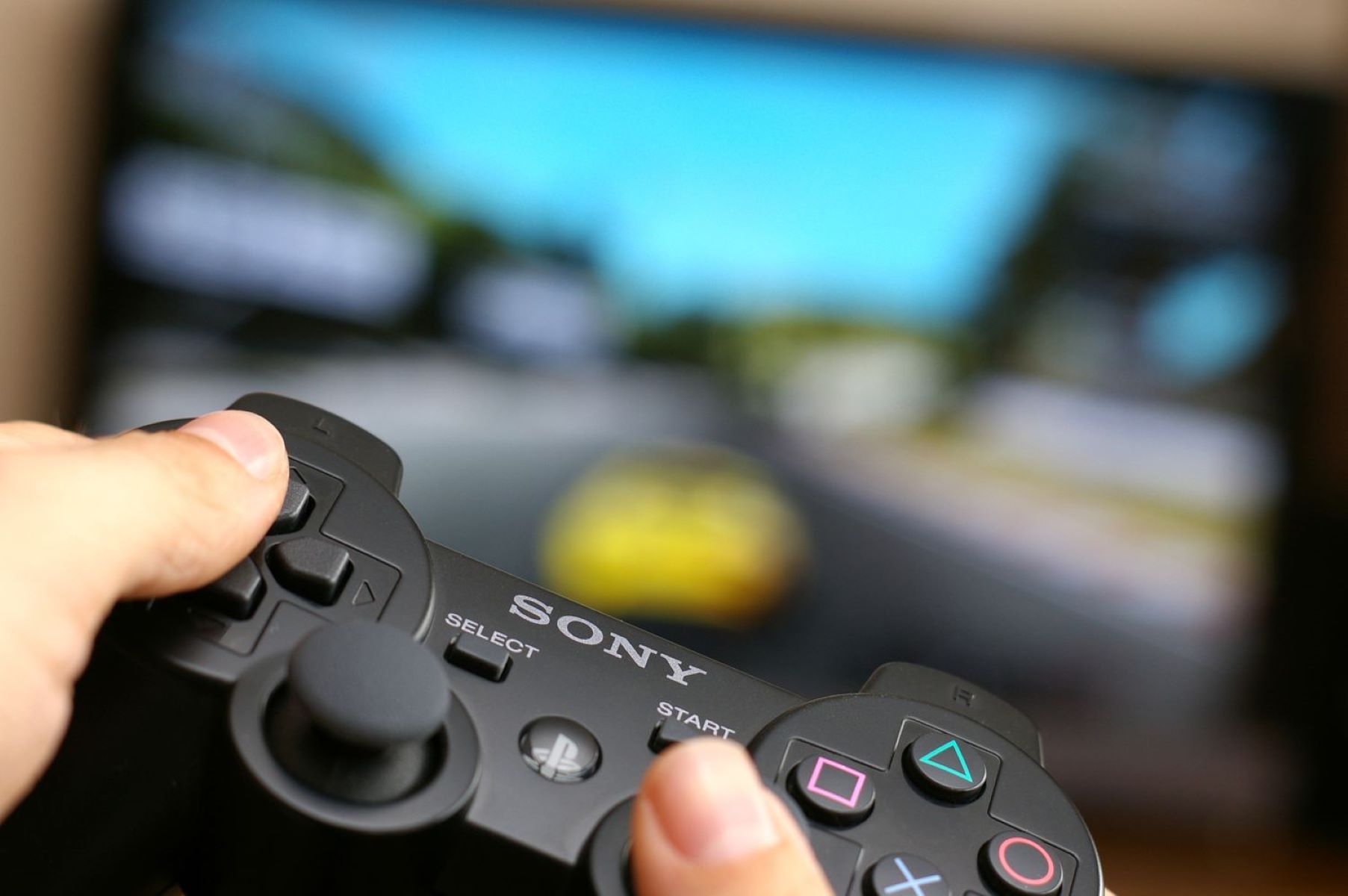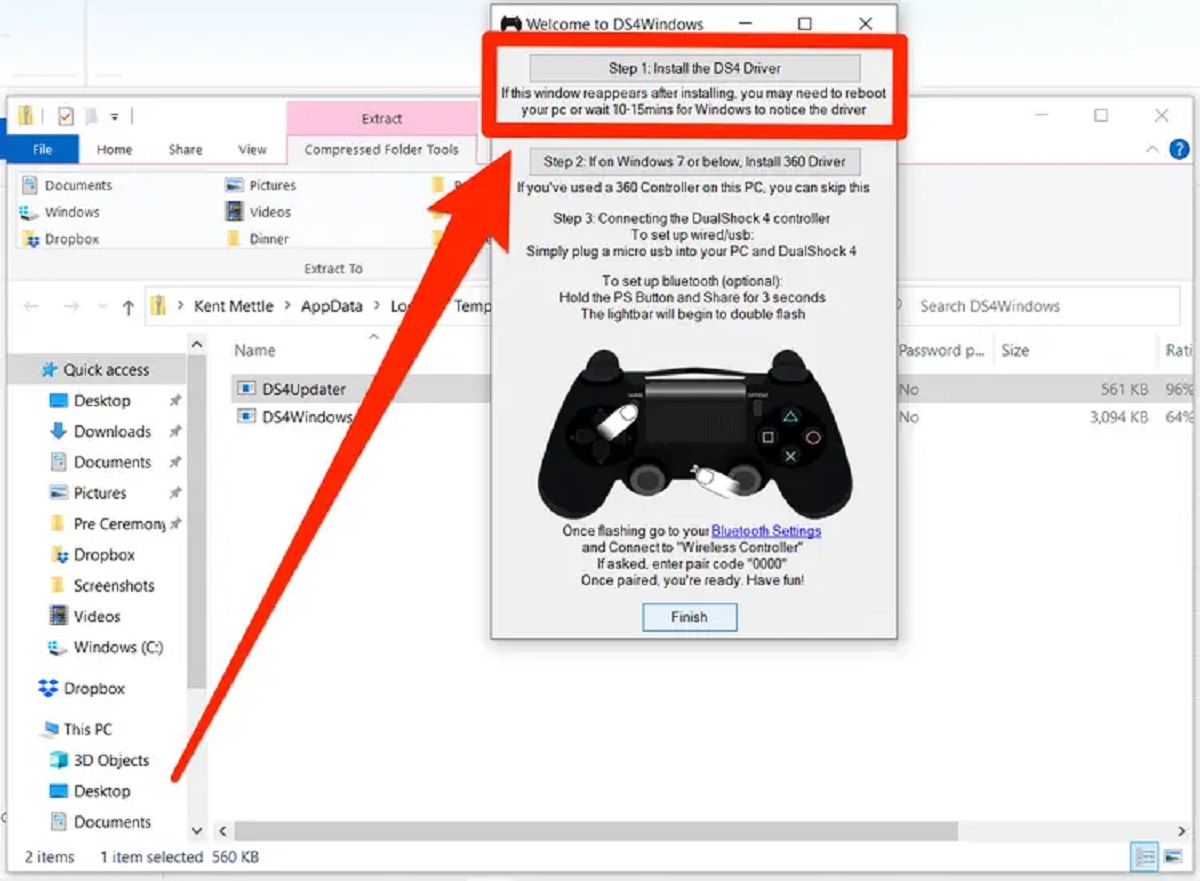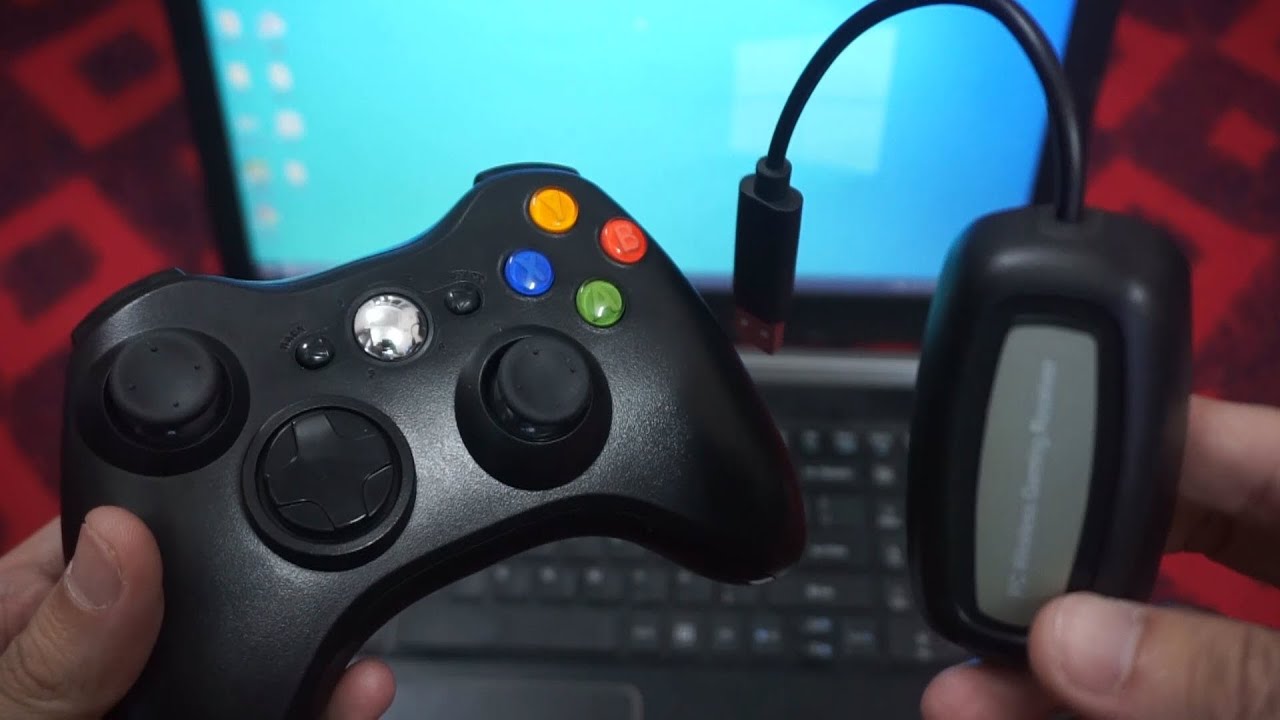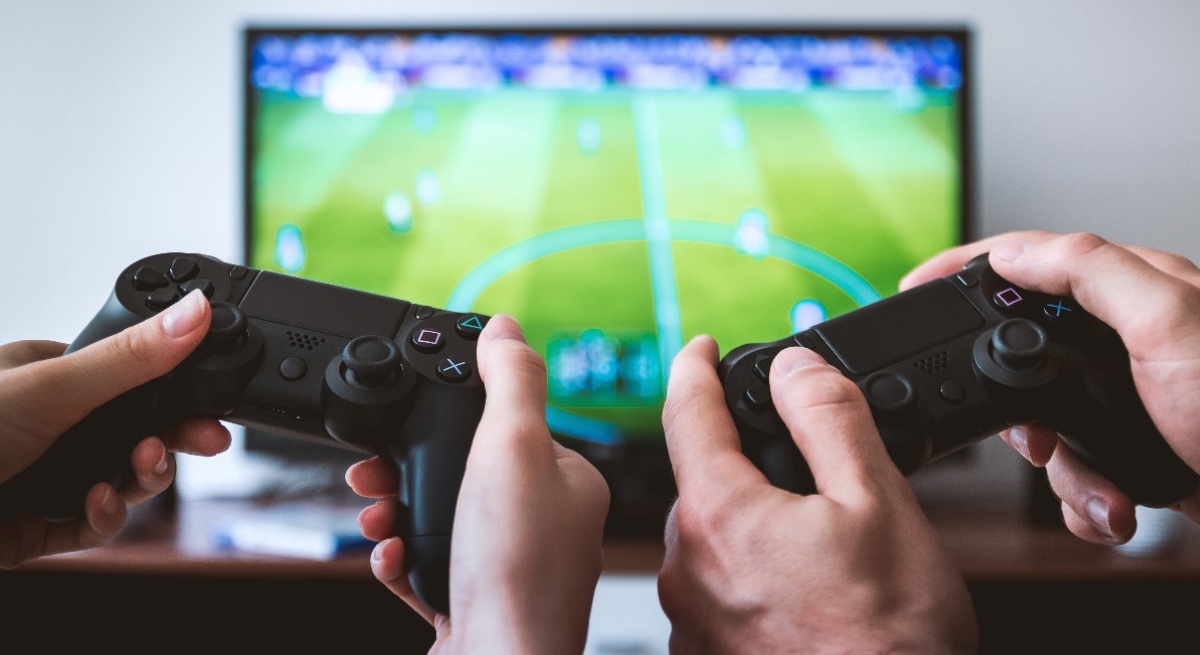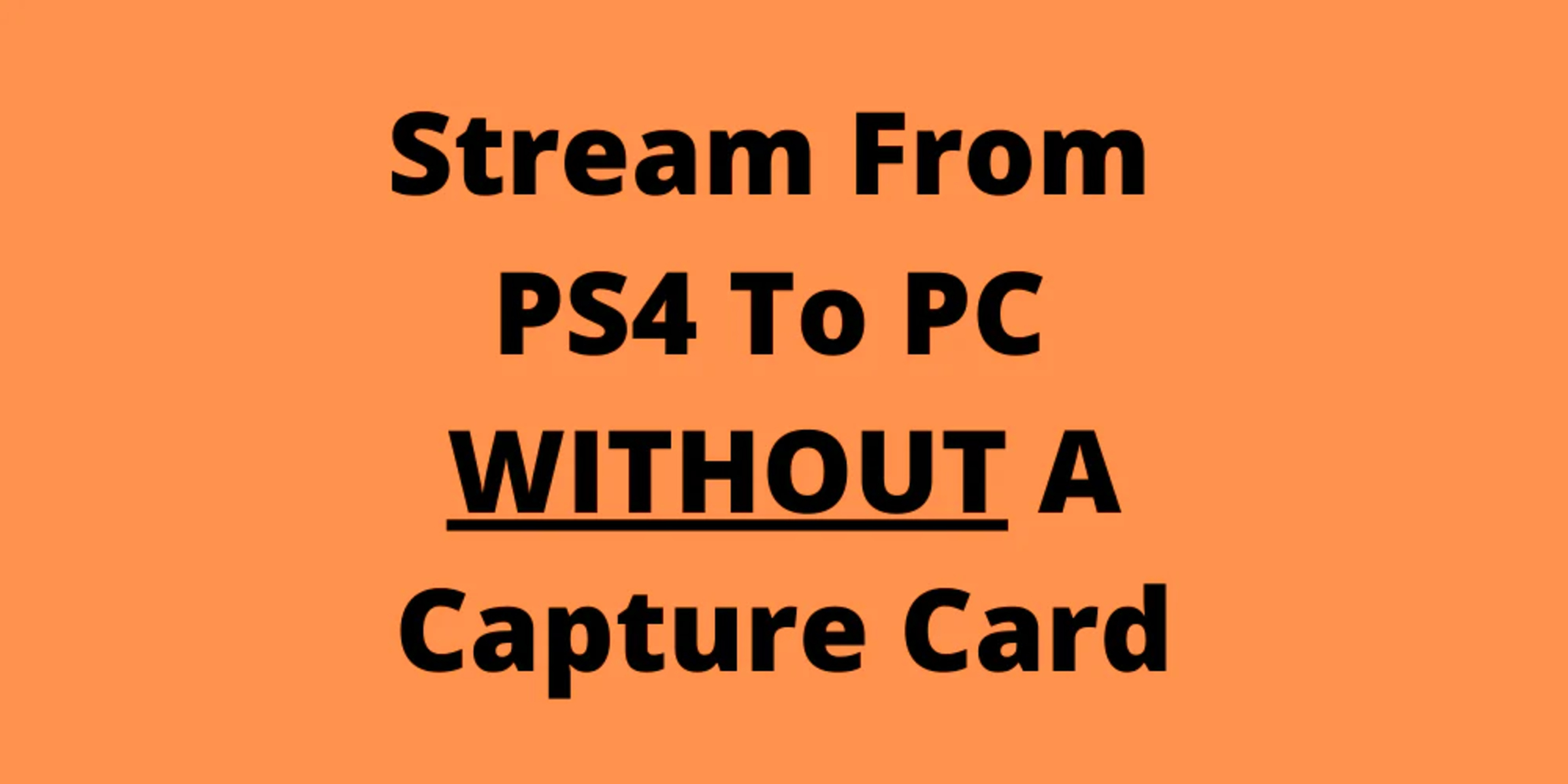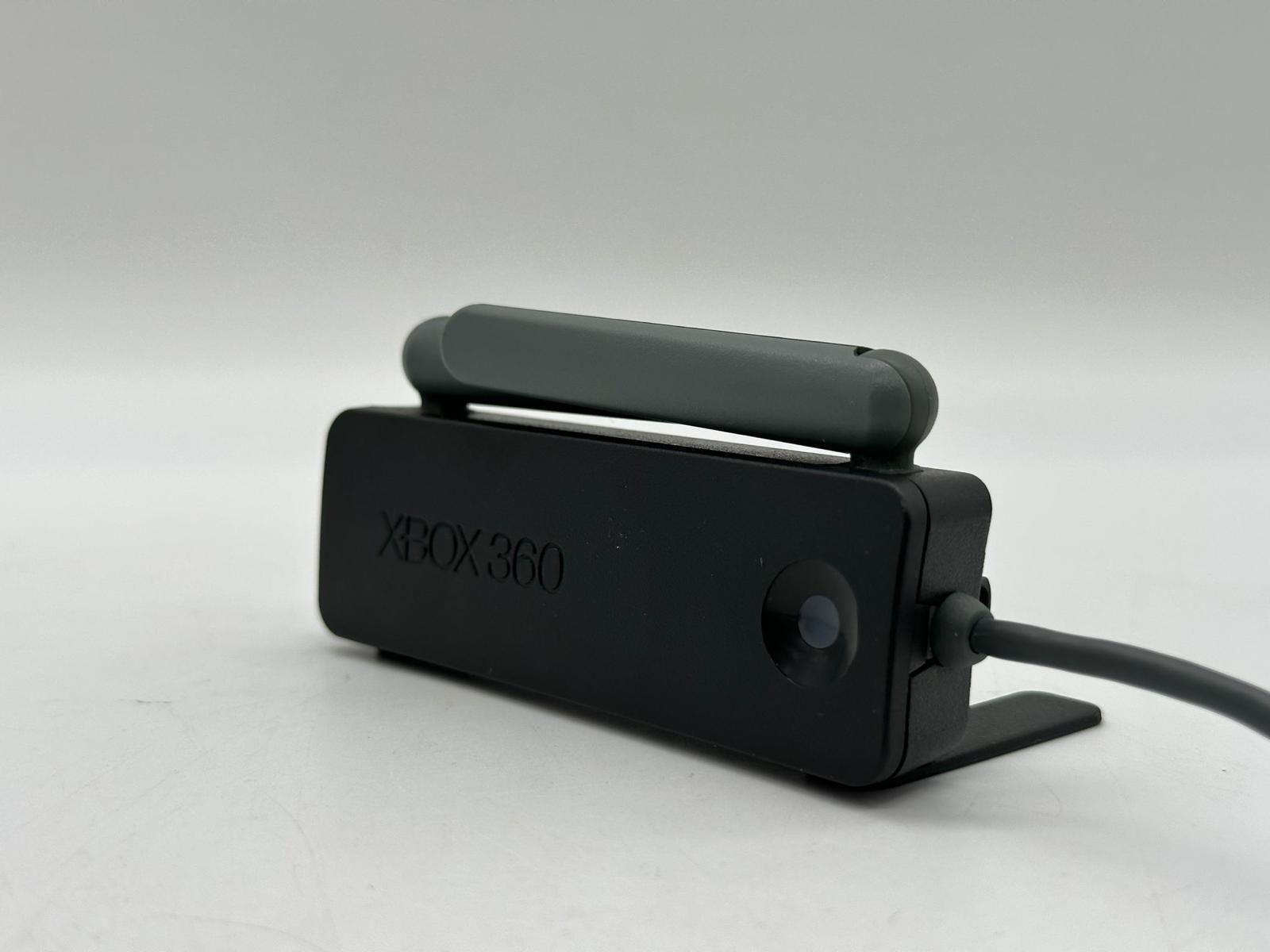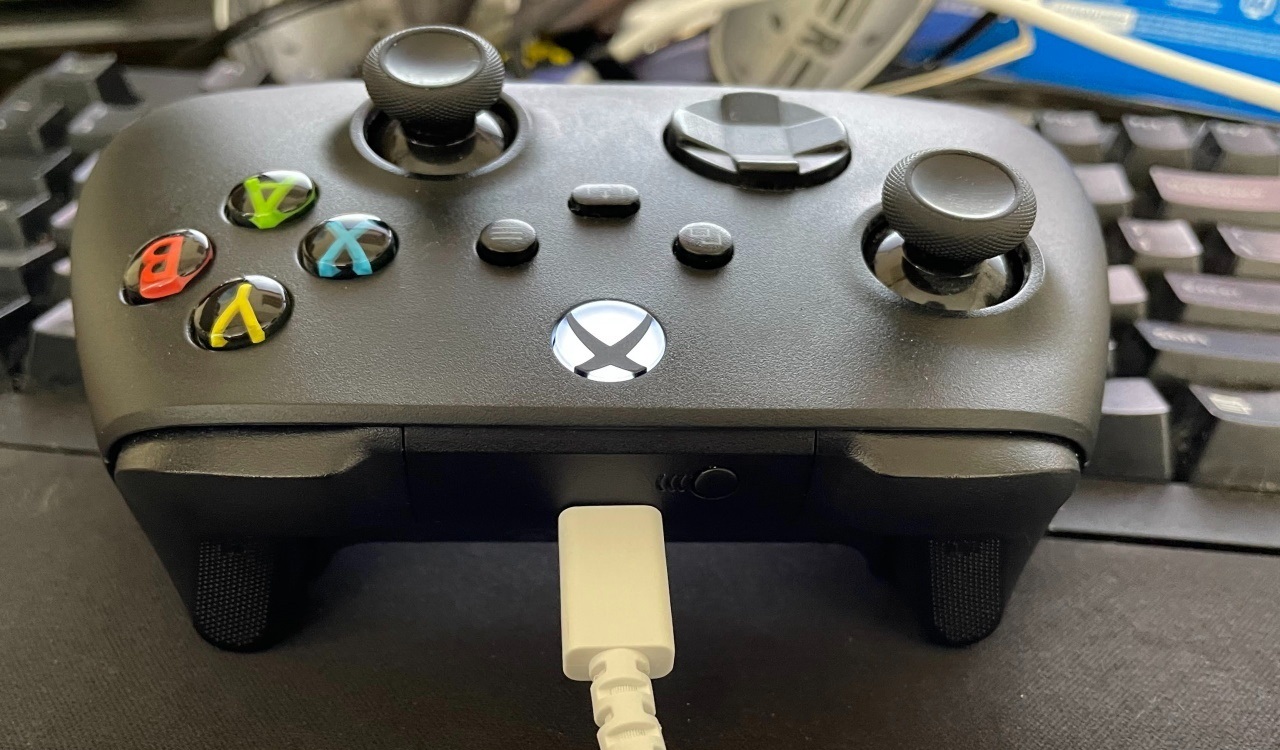Introduction
So, you've got a new game for your PC, and you're eager to dive into the action. But when you plug in your game controller, nothing happens. Frustrating, right? Don't worry; getting your game controller to work on your PC is easier than you might think. Whether you're a seasoned gamer or just starting, this guide will walk you through the steps to troubleshoot and resolve the issue.
Gaming on a PC offers a level of flexibility and customization that console gaming can't match. However, this flexibility can sometimes lead to compatibility issues, especially when it comes to peripherals like game controllers. The good news is that with a few simple troubleshooting steps, you can get your game controller up and running in no time.
In this guide, we'll cover everything from checking for compatibility to calibrating your controller and trying different USB ports. By the end, you'll have a clear understanding of how to troubleshoot and resolve common issues that may be preventing your game controller from working on your PC. So, grab your controller, and let's get started!
Check for Compatibility
Before delving into troubleshooting, it’s essential to ensure that your game controller is compatible with your PC. Not all game controllers are universally compatible with all systems, so it’s crucial to verify that your controller is designed to work with your specific operating system.
First, check the manufacturer’s specifications for the game controller to confirm its compatibility with your operating system. Most controllers will clearly indicate which operating systems they are designed to work with. If your controller is not compatible with your current operating system, you may need to consider alternative options, such as using a different controller or updating your operating system.
Additionally, some game controllers require specific drivers or software to function correctly on a PC. Check the manufacturer’s website for any available drivers or software updates that may be necessary for your controller to work with your PC. Installing the appropriate drivers or software can often resolve compatibility issues and ensure smooth functionality of your game controller.
If you find that your controller is not compatible with your current operating system, don’t despair. There are often workarounds and alternative solutions available, such as third-party software or hardware adapters, that can enable compatibility between your controller and PC. Exploring these options can open up possibilities for using your preferred game controller with your PC, even if direct compatibility is initially lacking.
Install the Necessary Drivers
Once you’ve confirmed the compatibility of your game controller with your PC, the next step is to ensure that you have the necessary drivers installed. Drivers are essential software components that allow your operating system to communicate with and control the hardware of your game controller. Without the proper drivers, your controller may not function correctly, if at all, when connected to your PC.
Most modern game controllers come with a set of drivers or installation instructions included in the packaging. If your controller requires specific drivers, it’s essential to follow the manufacturer’s instructions for installing them on your PC. Typically, this involves connecting the controller to your PC and running the driver installation program provided by the manufacturer. Be sure to follow the installation steps carefully to ensure that the drivers are properly installed.
If your controller didn’t come with a driver installation disc or if you’ve misplaced it, you can often find the necessary drivers on the manufacturer’s website. Simply visit the support or downloads section of the manufacturer’s site, locate the drivers for your specific controller model and operating system, and download them to your PC. Once downloaded, follow the provided instructions to install the drivers and enable your game controller to work seamlessly with your PC.
In some cases, your operating system may automatically install generic drivers for your game controller when you connect it to your PC. While these generic drivers may provide basic functionality, it’s advisable to install the specific drivers provided by the manufacturer for optimal performance and compatibility. By ensuring that you have the correct drivers installed, you can maximize the capabilities of your game controller and minimize the likelihood of compatibility issues.
Update Your Operating System
Keeping your operating system up to date is crucial for ensuring the smooth functioning of hardware peripherals, including game controllers. Software updates often include improvements to driver support and compatibility, which can directly impact the performance of your game controller on your PC. Therefore, it’s essential to regularly check for and install any available updates for your operating system.
If you’re using a Windows-based PC, you can check for updates by navigating to the “Settings” menu, selecting “Update & Security,” and clicking on “Check for updates.” If updates are available, follow the on-screen instructions to download and install them. On a Mac, you can check for updates by clicking the Apple menu, selecting “System Preferences,” and choosing “Software Update.”
By keeping your operating system up to date, you can benefit from the latest improvements and enhancements that can positively impact the compatibility and functionality of your game controller. Additionally, updating your operating system can address any known issues or bugs that may be affecting the performance of your controller, providing a more stable and reliable gaming experience.
It’s important to note that some game controllers may have specific compatibility requirements with certain operating system versions. Therefore, updating your operating system to the latest supported version may be necessary to ensure seamless compatibility with your controller. Be sure to review the manufacturer’s specifications and recommendations regarding operating system compatibility for your specific controller model.
Regularly checking for and installing operating system updates not only benefits your game controller but also enhances the overall security and performance of your PC. By staying current with the latest software updates, you can optimize the functionality of your game controller and enjoy a more streamlined gaming experience on your PC.
Calibrate Your Controller
Calibrating your game controller can help resolve issues related to sensitivity, dead zones, and button mapping, ensuring that it functions accurately and responsively during gameplay. This process is particularly important if you notice erratic behavior or unresponsiveness when using your controller with games or applications on your PC.
On a Windows PC, you can calibrate your game controller by accessing the “Devices and Printers” or “Bluetooth & other devices” settings. Locate your game controller in the list of devices, right-click on it, and select “Game controller settings.” From there, you can select your controller and choose “Properties” to access the calibration options. Follow the on-screen instructions to calibrate the various axes, buttons, and triggers of your controller.
If you’re using a game controller with a console-like interface, such as the Xbox controller, you can also calibrate it through the “Settings” menu in Windows. Simply navigate to “Devices” and select the controller you want to calibrate. You’ll find an option to calibrate the controller, allowing you to fine-tune its sensitivity and responsiveness.
For Mac users, the process of calibrating a game controller may vary depending on the specific controller model and the games or applications being used. Some games and applications offer in-game calibration options that allow you to adjust the controller settings to suit your preferences. Additionally, third-party software or utilities may provide advanced calibration features for specific controller models on Mac systems.
Calibrating your game controller can address issues such as joystick drift, button misfires, and input lag, providing a more accurate and enjoyable gaming experience. By fine-tuning the sensitivity and responsiveness of your controller, you can optimize its performance and ensure that it functions as intended across a variety of games and applications on your PC.
Use a Different USB Port
When encountering issues with your game controller on a PC, the USB port to which it is connected can play a significant role in its functionality. USB ports can sometimes experience power or connectivity issues, leading to erratic behavior or non-recognition of connected devices, including game controllers. By switching to a different USB port, you can troubleshoot and potentially resolve these issues.
First, try connecting your game controller to a different USB port on your PC. If you initially connected it to a front-facing USB port, consider using one of the rear-facing ports or vice versa. This simple step can help determine if the issue is specific to the original USB port or if it is related to the controller or its drivers.
It’s worth noting that USB 2.0 and USB 3.0 ports may behave differently when it comes to compatibility with certain game controllers. If you encounter issues with a USB 3.0 port, try connecting your controller to a USB 2.0 port, if available, to see if the problem persists. Some controllers may have better compatibility or performance when connected to USB 2.0 ports, especially if they were designed before the widespread adoption of USB 3.0.
If you’re using a USB hub or extension cable to connect your game controller to your PC, try connecting the controller directly to a built-in USB port instead. USB hubs and extension cables can sometimes introduce connectivity or power delivery issues that may affect the performance of connected devices, including game controllers.
By experimenting with different USB ports and configurations, you can identify and isolate potential issues related to power, connectivity, or compatibility. If your game controller begins working reliably after switching to a different USB port, it’s likely that the original port was experiencing issues that affected the controller’s functionality.
Try a Different Controller
If you’ve exhausted troubleshooting options and your game controller still isn’t working on your PC, it may be time to consider trying a different controller. While this may not be the ideal solution, especially if you have a preferred controller, it can help determine if the issue lies with the specific controller or if it’s related to the PC or its configuration.
If you have access to another game controller that is known to work reliably on a PC, connect it to your computer and test its functionality. This can help rule out potential issues with the original controller, such as hardware malfunctions or compatibility limitations. If the alternate controller works as expected, it suggests that the original controller may require further troubleshooting or, in some cases, replacement.
Testing a different controller can also provide valuable insights into potential compatibility issues between the original controller and your PC. If the alternate controller exhibits similar issues, it may indicate broader compatibility or driver-related issues that need to be addressed at the system level.
Furthermore, trying a different controller can help you determine if the issue is specific to a particular game or application. Some games or software may have varying levels of compatibility with different controllers, and testing an alternative controller across multiple games and applications can help identify patterns or inconsistencies in performance.
If you don’t have immediate access to an alternative game controller, consider borrowing one from a friend or family member, if possible. Alternatively, visiting a local gaming store or electronics retailer may provide an opportunity to test a different controller before considering a replacement or further troubleshooting steps.
While trying a different controller may not directly resolve the issues with your original controller, it can provide valuable information that guides your next steps in troubleshooting and resolving the connectivity or functionality issues on your PC.
Conclusion
Getting your game controller to work on your PC may present challenges, but with the right troubleshooting steps and persistence, you can overcome common issues and enjoy seamless gaming experiences. By following the steps outlined in this guide, including checking for compatibility, installing necessary drivers, updating your operating system, calibrating your controller, and exploring different USB ports and controllers, you can address connectivity and functionality issues effectively.
It’s important to approach troubleshooting with patience and a methodical mindset, as identifying the root cause of the problem may require testing and experimentation. Whether you’re an avid gamer or a casual player, having a reliable game controller that works smoothly with your PC can significantly enhance your gaming enjoyment and immersion.
Remember that compatibility issues between game controllers and PCs are not uncommon, especially with the wide variety of controller models and PC configurations available. By staying informed about compatibility requirements, keeping drivers up to date, and exploring alternative solutions, you can navigate and resolve connectivity challenges with confidence.
Additionally, seeking assistance from online forums, community support resources, or the customer support channels of controller manufacturers can provide valuable insights and solutions tailored to your specific situation. Don’t hesitate to leverage these resources to gain additional guidance and support in troubleshooting your game controller on your PC.
Ultimately, the ability to troubleshoot and resolve game controller issues on your PC empowers you to optimize your gaming setup and enjoy a diverse range of gaming experiences. By incorporating the tips and strategies outlined in this guide, you can overcome connectivity challenges and ensure that your game controller seamlessly integrates with your PC, allowing you to immerse yourself in the excitement of gaming without technical hindrances.







